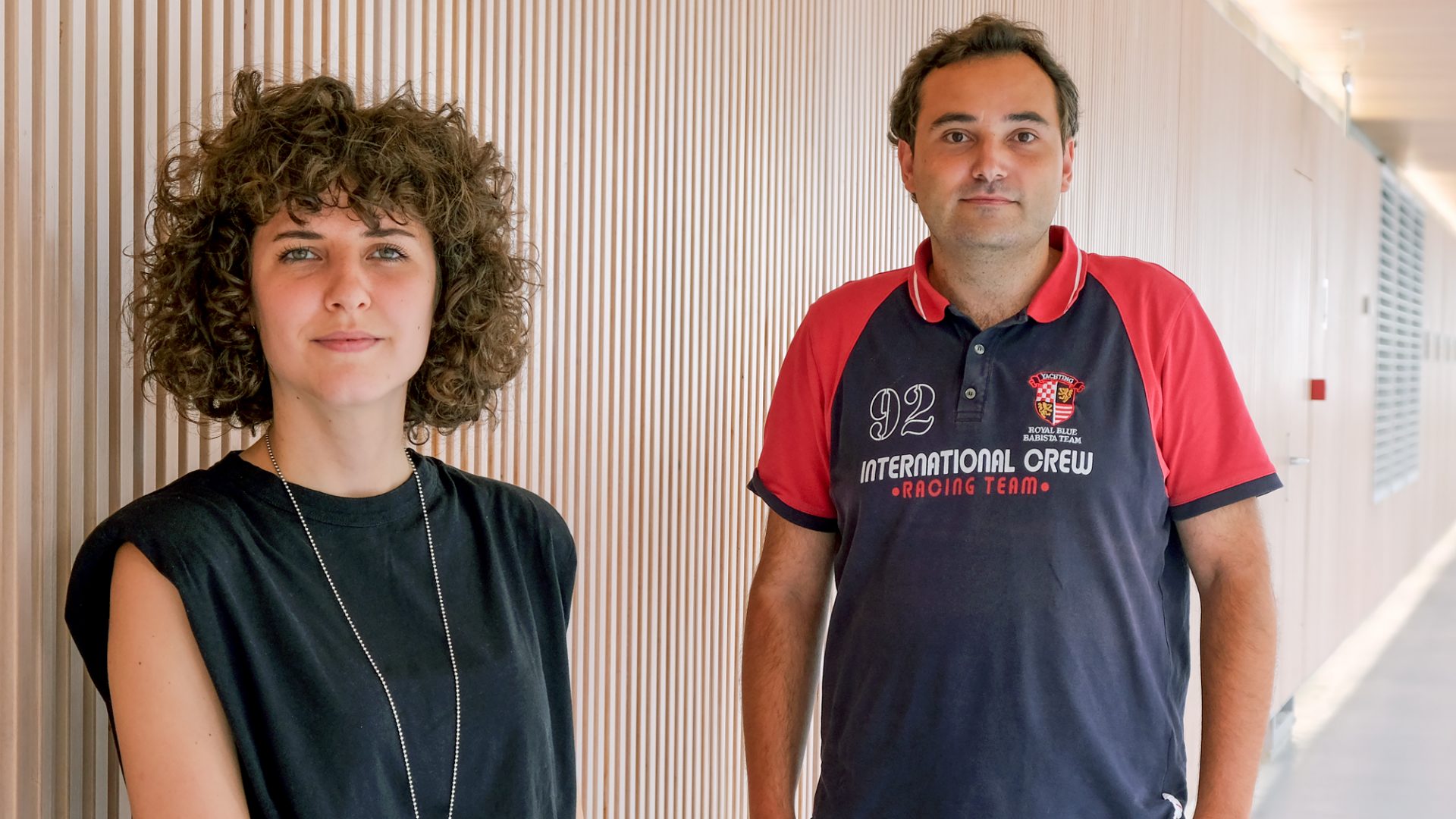
Acute Erythroblastic Leukemia (AEL) is a rare and aggressive form of leukemia that primarily affects the bone marrow and blood. It is characterized by the rapid growth of abnormal red blood cell precursors, known as erythroblasts. AEL can lead to severe anemia, fatigue, and increased risk of infections due to the suppression of normal blood cell production. Understanding the symptoms, causes, and treatment options for AEL is crucial for early diagnosis and effective management. This article will provide 20 essential facts about Acute Erythroblastic Leukemia to help you grasp the basics of this challenging condition. Whether you are a patient, caregiver, or simply curious, these insights will offer valuable knowledge.
What is Acute Erythroblastic Leukemia?
Acute Erythroblastic Leukemia (AEL) is a rare and aggressive form of leukemia. It primarily affects the bone marrow and blood, leading to the overproduction of immature red blood cells called erythroblasts. Here are some intriguing facts about this condition.
-
Rare Occurrence: AEL accounts for less than 5% of all acute myeloid leukemia (AML) cases. Its rarity makes it a challenging condition to study and treat effectively.
-
Age Factor: Although it can occur at any age, AEL is more commonly diagnosed in older adults. The median age of diagnosis is around 60 years.
-
Symptoms: Common symptoms include fatigue, weakness, fever, and frequent infections. These symptoms result from the bone marrow's inability to produce healthy blood cells.
Diagnosis and Treatment
Diagnosing and treating AEL involves a series of complex steps. Early detection is crucial for better outcomes.
-
Blood Tests: Initial diagnosis often involves blood tests showing abnormal levels of red blood cells, white blood cells, and platelets.
-
Bone Marrow Biopsy: A definitive diagnosis requires a bone marrow biopsy. This test helps identify the presence of abnormal erythroblasts.
-
Cytogenetic Analysis: This test examines the chromosomes in cells from samples of blood or bone marrow. It helps identify specific genetic abnormalities associated with AEL.
-
Chemotherapy: Treatment typically involves aggressive chemotherapy to destroy cancerous cells. The specific regimen depends on the patient's overall health and age.
-
Stem Cell Transplant: In some cases, a stem cell transplant may be recommended. This procedure replaces the diseased bone marrow with healthy stem cells from a donor.
Genetic and Environmental Factors
Understanding the genetic and environmental factors can provide insights into the causes and potential prevention of AEL.
-
Genetic Mutations: Certain genetic mutations, such as those in the TP53 gene, are associated with AEL. These mutations can affect cell growth and division.
-
Environmental Exposure: Exposure to certain chemicals, such as benzene, has been linked to an increased risk of developing AEL. Occupational hazards play a significant role in this risk.
-
Radiation Exposure: Previous exposure to high levels of radiation, such as from radiation therapy for other cancers, can increase the risk of AEL.
Prognosis and Survival Rates
The prognosis for AEL varies based on several factors, including the patient's age, overall health, and response to treatment.
-
Survival Rates: The five-year survival rate for AEL is relatively low, around 20-30%. Early detection and treatment are crucial for improving these rates.
-
Relapse: AEL has a high relapse rate, meaning the cancer often returns after initial treatment. Continuous monitoring and follow-up care are essential.
-
Research and Clinical Trials: Ongoing research and clinical trials are exploring new treatments and therapies to improve outcomes for AEL patients.
Impact on Daily Life
Living with AEL can significantly impact a person's daily life and overall well-being.
-
Fatigue: Chronic fatigue is a common issue for AEL patients. It can affect their ability to perform daily activities and maintain a normal lifestyle.
-
Emotional Health: The emotional toll of dealing with a serious illness like AEL can lead to anxiety, depression, and other mental health challenges.
-
Support Systems: Having a strong support system, including family, friends, and healthcare providers, is crucial for managing the physical and emotional challenges of AEL.
Advances in Treatment
Recent advances in medical research offer hope for better treatment options and outcomes for AEL patients.
-
Targeted Therapy: New targeted therapies are being developed to specifically attack cancer cells without harming healthy cells. These therapies offer a more personalized approach to treatment.
-
Immunotherapy: Immunotherapy, which uses the body's immune system to fight cancer, is showing promise in treating AEL. This approach can help improve survival rates and reduce relapse.
-
Genetic Research: Advances in genetic research are helping scientists understand the underlying causes of AEL. This knowledge can lead to the development of more effective treatments and potential cures.
Final Thoughts on Acute Erythroblastic Leukemia
Acute erythroblastic leukemia, a rare and aggressive form of cancer, demands attention and understanding. Knowing the symptoms like fatigue, fever, and easy bruising can lead to early diagnosis, which is crucial for treatment success. Treatment options include chemotherapy, radiation, and sometimes bone marrow transplants. Researchers are continually working on new therapies to improve survival rates and quality of life for patients.
Awareness and education about this disease can make a significant difference. Supporting research and patient advocacy groups can help advance treatments and provide much-needed resources for those affected. If you or someone you know shows symptoms, consult a healthcare professional immediately. Early intervention can save lives. Stay informed, stay vigilant, and support ongoing research efforts.
Was this page helpful?
Our commitment to delivering trustworthy and engaging content is at the heart of what we do. Each fact on our site is contributed by real users like you, bringing a wealth of diverse insights and information. To ensure the highest standards of accuracy and reliability, our dedicated editors meticulously review each submission. This process guarantees that the facts we share are not only fascinating but also credible. Trust in our commitment to quality and authenticity as you explore and learn with us.


